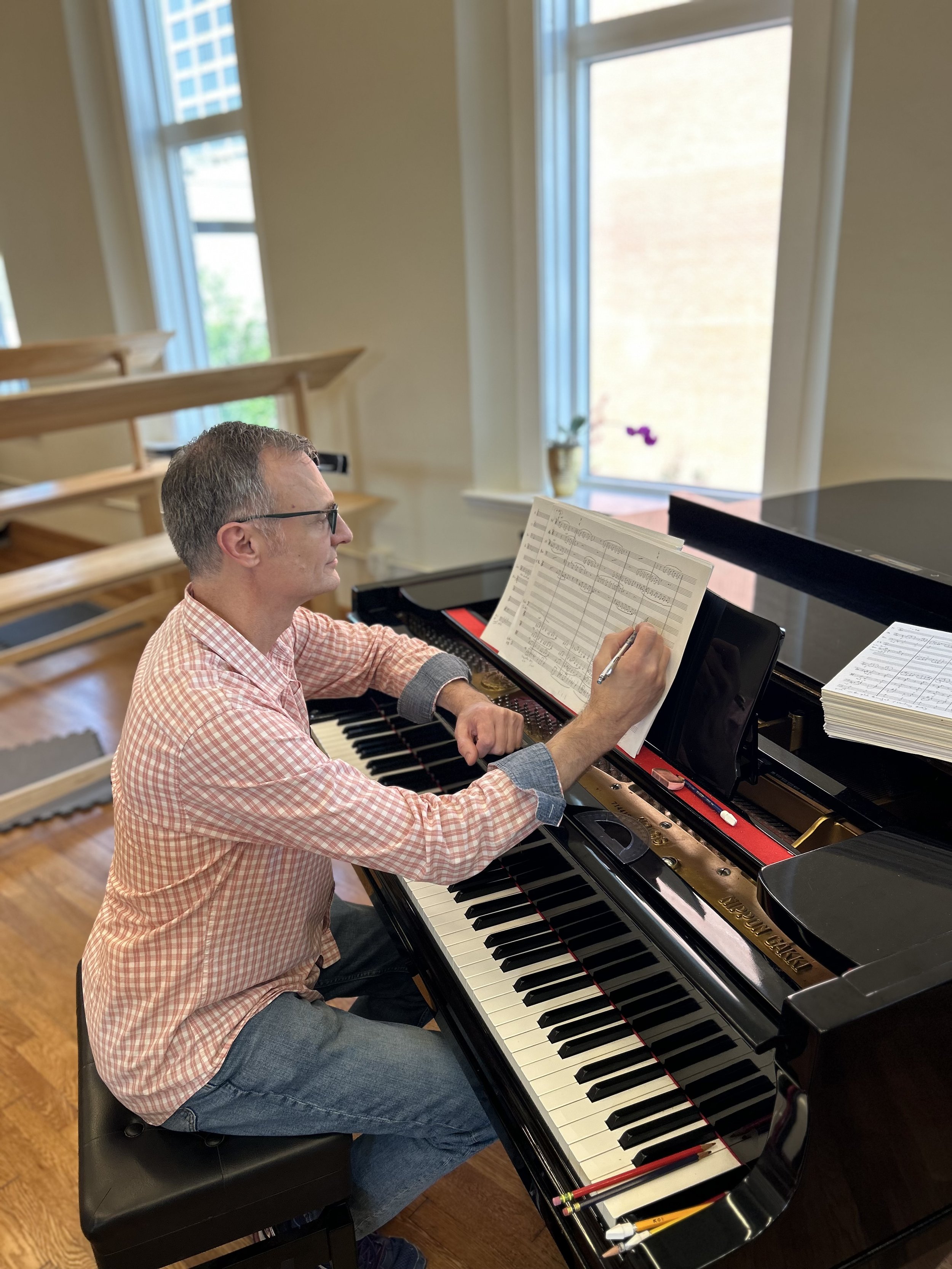The Doctor and the Devils
Background
The Doctor and the Devils draws its libretto from the last large-scale work Welsh poet Dylan Thomas completed before his death. Throughout his career, Thomas provided scripts for a variety of radio and film companies for steady income allowing him to focus on composing poetry. One of these studios produced documentaries, mainly of natural subjects. Donald Tayloir, the owner and director had a pet side project outside the normal scope of his firm: he wanted to create a dramatic film telling the story of Robert Knox, an anatomist based in Edinburgh, Scotland.
Dr. Knox’s story rightly piqued Mr. Taylor’s interest, for it is a multilayered, ethically complicated tale. In the late nineteenth century, the field of anatomy was burgeoning, and researchers were making great strides in the understanding of the architecture of the body. Study was frustrated, however, by the lack of a socially acceptable means for anatomists to procure specimens. Scientists relied on grave robbers (known at the time as “resurrectionists”) to provide cadavers. Although Knox, one of the most renowned of researchers in Europe, worked with many body-snatchers, none seem to be as prolific as William Burke and William Hare. When it became obvious that Burke and Hare were creating corpses by means of murder, public scandal erupted. Knox maintained his innocence, yet his lab notes suggest a willing and purposeful ignorance of the blatant facts before him. WIth a police inquiry gaining momentum, Hare turned King’s evidence against Burke, eluding prosecution. Knox was eventually cleared of any wrong-doing in the eyes of the courts, yet public sentiment found him guilty.
Dylan Thomas took this harrowing story and infused it with ethical dilemmas. He took actual elements of the historical record, such as the implication that Knox had married far below his social station, and created a dense web of interconnected philosophical conundrums. Thomas portrays Burke and Hare as targeting drunks, indigents, prostitutes, and other degenerates. In life these people drained social resources and had a negative effect on their environment. Thomas, through the mouth of the anatomist, argues that in death these people contribute positively to society by facilitating the study of anatomy which in turn enables advances in medicine. These victims took from society in life and assisted it in death. Their deaths, then, are justified within the terms of the screenplay. As the doctor argues, the end justifies the means.
Thomas renamed the historical characters, calling Robert Knox by the name of Thomas Rock, and changing the body-snatchers names to Bob Fallon and Broom. He nonetheless respected the historicity of the events, including the unclear extent to which Knox/Rock acknowledged his part in the murders. Of Thomas’s own invention are the philosophical implications, the social commentary on class, and the medical ethics implicit in the transaction. In this era of stem-cell research, Thomas’s questions gain new immediacy as we grapple with human control of life and death.
The Doctor and the Devils was commissioned by Marble City Opera of Knoxville, Tennessee. The staged premiere performances were on June 6th & 8th, 2024 at The Old City Performing Arts Center in Knoxville, Tennessee. Read Alan Sherrod’s review here. Visit the Marble City Opera Website for details. Read a synopsis here or find the full libretto here.


